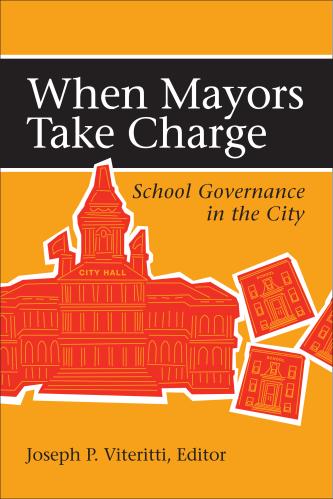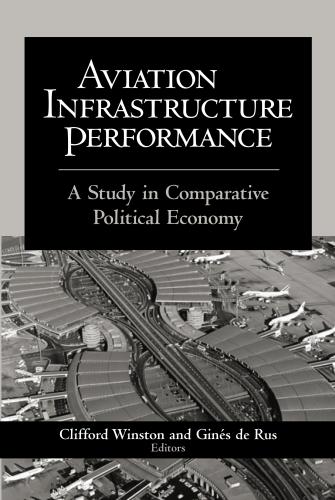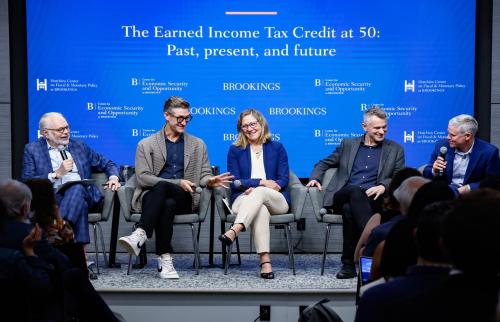The so-called “Nordic Model” of social democracy appeals to many on the political left. At times, Bernie Sanders seemed to be running as the Danish candidate for president.
But it seems we should look a bit more closely. A recent working paper, “The Scandinavian Fantasy,” from Rasmus Landersø and Nobel Laureate James Heckman suggests that intergenerational income mobility is not much higher in Denmark than it is in the U.S.
Moving money, not people
Landersø and Heckman look at mobility rates in terms of market income (i.e. before taxes and transfers), and gross income (after taxes and transfers). A transformed intergenerational elasticity coefficient (IGE) is their preferred measure. (Note that a higher IGE represents lower mobility.) Mobility rates for market incomes look reasonably similar in the two nations, with a gap between American and Danish mobility opening up significantly only once transfers are included:
The higher taxes and transfers in Denmark “compress” the income distribution, which pushes up income mobility by bringing the rungs of the ladder closer together and making it easier to move between them. Though this is mobility of a kind, market income and educational outcomes are not much better for children than they were for their parents.
Closing education gaps, without increasing mobility
Denmark’s relatively unimpressive market mobility rates are surprising, given the nation’s success in closing gaps in the early years of life: Danish universal preschool significantly raises disadvantaged students’ cognitive outcomes and narrows the difference by class background.
It looks as though something gets lost along the way. But what? Landersø and Heckman suggest that high levels of redistribution blunt incentives to acquire human capital, especially for those from lower-income backgrounds. A generous social safety net, combined with a very high tax burden, substantially reduces the earnings premium of higher education.
A natural experiment provides some empirical support for their thesis. In the 1990s, the Danish government raised the age of eligibility for income assistance from 20 to 21 and again from 21 to 25. College enrollment rates dropped by 2-3 percent for young adults in precisely the year they became eligible to claim the benefit. The young adults choosing to forgo college are not those, by and large, from more affluent or educated families. In fact, despite free college tuition, the inheritance of education remains as persistent in Denmark as it is in America.
Equalize human capital, free the market
Some commentators have reacted pessimistically to Landersø and Heckman. If even Denmark can’t deliver higher mobility, who can? Perhaps we should just give up on mobility and just redistribute income.
But there is an alternative interpretation. Given Denmark’s success in closing education gaps earlier in life, mobility rates would almost certainly be higher if the market incentives to pursue a college degree and to move up in the labor market were stronger. Right now, the big cognitive improvements brought about by Danish investment in early education are offset by work and education disincentives later. The U.S. has the opposite problem: strong market incentives but glaring gaps in human capital development from birth onwards.
Maybe mobility needs “Denmerica”: Danish early childhood investment, combined with an American labor market.
The Brookings Institution is committed to quality, independence, and impact.
We are supported by a diverse array of funders. In line with our values and policies, each Brookings publication represents the sole views of its author(s).









Commentary
“Denmerica”: Why Denmark plus America could be the mobility utopia
September 23, 2016